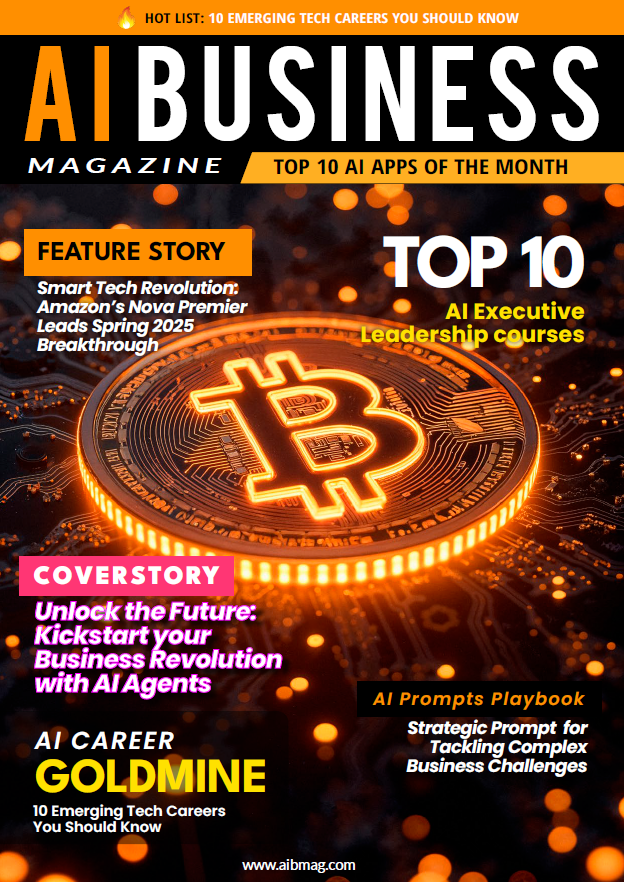Overview
Imagine you’re a claims handler at a bustling insurance company.
Every day, hundreds of new claims land on your desk. Some are simple (“My cat scratched my couch”), others are complex (“A moose crashed into my car, also there was hail”).
You must read through each claim carefully, identify critical parts that need investigation, and move them along the pipeline — fast.
But here’s the problem:
Humans get tired. They miss details. They make mistakes.
As claim volumes grow, the bottleneck grows with them. You either hire a lot more people (expensive!) or… find a smarter way.
And that smarter way just might be Artificial Intelligence.
🛠️ The Big Idea: AI-Powered Business Transformation
At If P&C Insurance, a major player across the Nordic and Baltic regions, the team faced a growing crisis:
- Over 1.4 million claims per year.
- Many claims needing careful review.
- A shortage of trained human claim handlers.
Rather than just throwing more people at the problem, they asked:
What if AI could take over part of this heavy lifting?
Not by replacing humans entirely — but by assisting them and scaling their capabilities massively.
And not with just any AI.
They wanted something powerful, adaptable, and able to reason through messy, real-world text.
They chose Large Language Models (LLMs) — like GPT — because of their ability to understand and process complex language.
But using AI isn’t as simple as plugging it in and yelling “Fix everything!”
It takes careful planning, smart design, and rigorous testing.
Here’s how they pulled it off — and what they learned along the way.
📚 Step 1: Rebuilding the Process (Not Just Patching It)
They followed three major frameworks to design the transformation:
- Business Process Reengineering (BPR):
Forget minor tweaks. This is about rethinking workflows from scratch to make them more efficient and scalable. - CRISP-DM Methodology:
A detailed, step-by-step recipe for designing data mining and AI projects. Business understanding first, modeling later — no cowboy coding! - Object-Centric Process Mining (OCPM):
A newer, smarter way to study how processes really behave after changes — especially when things get messy and unpredictable.
(Think of BPR as redesigning your kitchen, CRISP-DM as your gourmet cookbook, and OCPM as hidden security cameras catching what actually happens while you cook.)
🤔 Why AI Needed Special Attention
The specific bottleneck they attacked first was claim part identification:
- Finding crucial pieces hidden inside free-text claim notes.
- A job so knowledge-intensive that it took significant training for humans to do properly.
As claims ballooned, humans couldn’t keep up.
And mistakes had real consequences — missed parts could lead to lost money, legal risks, or customer dissatisfaction.
Enter AI:
- Fast reader? Check.
- Tireless worker? Check.
- Able to learn patterns from millions of examples? Check.
But before you can trust AI with important decisions, you need to make sure it actually knows what it’s doing.
Thus began the careful training and evaluation process.
🔍 Step 2: Teaching AI to Read Like a Claims Expert
The AI’s education wasn’t easy.
The team used real historical claim descriptions and notes — but first, they needed to label the important parts by hand.
Claim investigators went through documents, highlighting parts that should trigger further investigation.
This labeled data became the AI’s “schoolwork.”
It learned:
- What to look for.
- How to spot patterns.
- When a small word difference mattered a lot (“broken windshield” vs. “scratched window”).
They used Large Language Models (think: GPT-4o) because these models already had strong general reading skills.
But they needed serious fine-tuning to deal with:
- Business-specific terminology.
- Different languages (Finnish, English).
- Data privacy rules (all Personally Identifiable Information was masked).
🧠 Quick Explainer: What is Object-Centric Process Mining?
Okay, pause for a second.
What is Object-Centric Process Mining (OCPM), and why is it a big deal here?
Traditional process mining assumes every event (like “claim registered”) fits neatly into one timeline.
But real life is messy.
One claim can involve multiple customers.
One customer can file multiple claims.
Different employees handle different parts.
OCPM tracks multiple entities (objects) at once — customers, claims, notes, employees, AI models — and their messy relationships.
It’s like going from a simple subway map to a 3D interactive map of a whole city, where you can see not just the stations but also all the taxis, bikers, and pedestrians.
When you’re auditing AI in the real world, you need that complexity.
📈 Step 3: Evolving the AI Model Over Time
This wasn’t a “build once and deploy” situation.
It took five versions of the AI model before they cracked the code.
- Version 1-2: Early models struggled with messy Finnish data and inconsistent outputs.
- Version 3: Improvements, but recall (how many correct claim parts they caught) was still too low.
- Version 4: Solid gains, but output consistency remained a headache.
- Version 5: Success! High recall (81%), beating human claim handlers (70%).
✨ They refined prompt engineering — the way instructions were fed to the AI.
✨ They switched output formats to Structured JSON to prevent weird inconsistencies.
✨ They added extra context clues for the AI, like timing metadata about when claims were filed.
These tweaks made a huge difference.
📊 Step 4: Measuring Impact (Spoiler: It’s Not All Roses)
Once the AI went live, both humans and AI worked in parallel.
This created a rare opportunity: compare performance side-by-side.
Results:
- Humans identified important claim parts in 1.8% of cases.
- AI identified them in 27.6% of cases.
That’s a 1420% improvement in scaling! 🚀
But here’s the twist:
Because AI was so good at spotting potential problems, it overwhelmed the next step — claim part investigators.
New bottleneck unlocked! 🎉🔒
You fix one clog… and another pipe bursts.
📉 Challenges They Faced (and You Might Too)
-
Scaling one task breaks others.
-
- Investigators couldn’t keep up with the flood of new AI-found claims.
- It’s like fixing a highway entrance but forgetting the exit ramp gets jammed.
-
Communicating results is hard.
-
- Fancy OCPM graphs made sense to data scientists.
- Business leaders needed simple charts (“Just show me how much faster we are!”).
-
Humans are still necessary.
-
- AI suggestions still needed human review to ensure accuracy.
- Trust, accountability, and expertise remained critical.
-
Language barriers mattered.
-
- English translations sometimes worked better than native Finnish input.
- Cultural nuances in text are still tough for AI to handle perfectly.
🧠 Another Sidebar: What is Chain-of-Thought Prompting?
When humans solve problems, we don’t just jump to answers — we think step-by-step.
“First, what’s the problem? Then, what are my options? Then, what are the consequences?”
Chain-of-Thought (CoT) prompting encourages AI to do the same:
- Break down reasoning into small steps.
- Check assumptions.
- Avoid rushing to conclusions.
In this project, using CoT significantly boosted the AI’s ability to correctly identify tricky claim parts.
🎯 Lessons You Can Steal for Your Own AI Projects
- Holistic thinking wins.
Don’t fix one process without thinking about the next 10 steps down the line. - Expect the unexpected.
New problems will appear where you least expect — prepare to adapt fast. - Visualizations matter.
Data storytelling is just as important as data science. - Humans + AI = Best Friends (Not Enemies).
The best systems amplify human strengths, not replace them.
🔮 What’s Next for AI in Insurance?
After this project, If P&C realized:
- They could extend AI assistance to other lines of business.
- They needed to hire more investigators (or automate that next).
- They had a new blueprint for scaling digital transformation, one process at a time.
They also learned that Object-Centric Process Mining would be critical for any future AI audits — because real-world processes are just too messy to capture with old-fashioned tools.
In short:
AI isn’t just helping companies work faster. It’s forcing them to rethink how they work altogether.
✨ Wrapping It All Up: Welcome to the AI-Augmented Future
This case study shows what happens when AI actually leaves the lab and gets its hands dirty in real business workflows.
It’s not magic.
It’s not always smooth.
But it’s powerful.
AI can turbocharge your processes, reveal hidden problems, and help humans do better, more meaningful work.
Just remember:
- You’ll need to redesign your systems.
- You’ll need to rethink your teams.
- And you’ll definitely need bigger dashboards to explain it all.
The future isn’t “AI vs. humans.”
It’s AI + humans — smarter, faster, and (hopefully) a little less stressed.
Buckle up. It’s going to be a wild — and exciting — ride.



